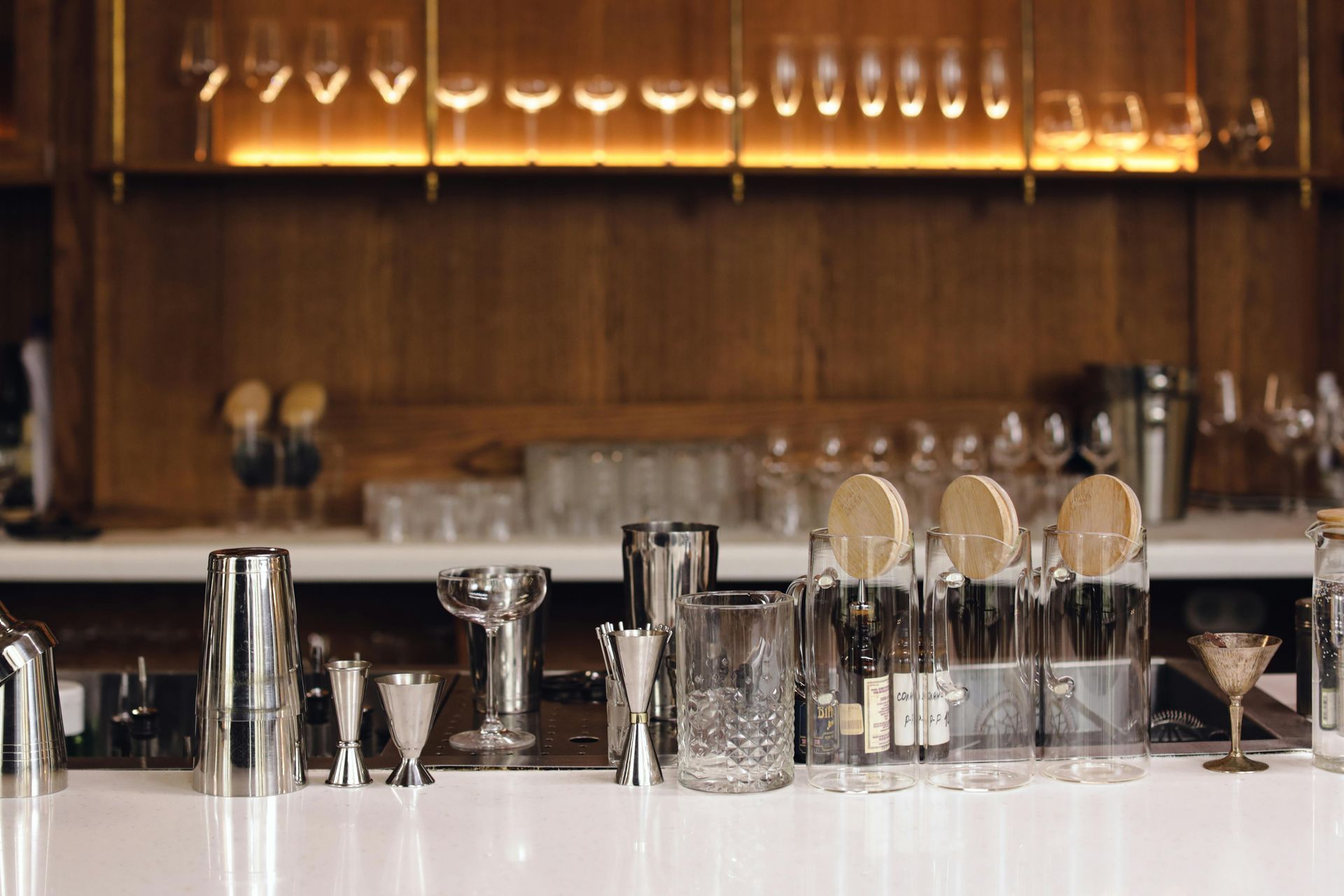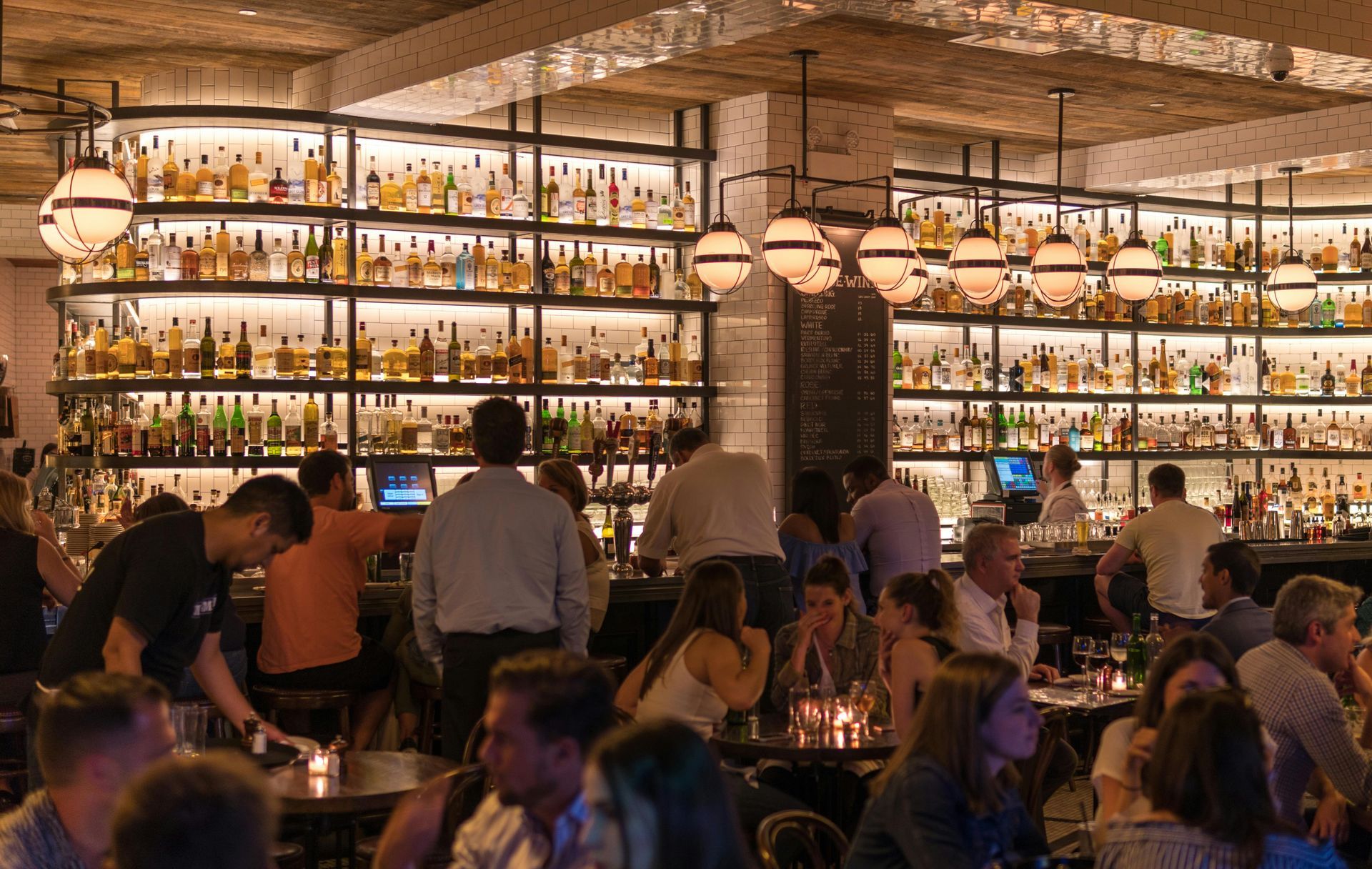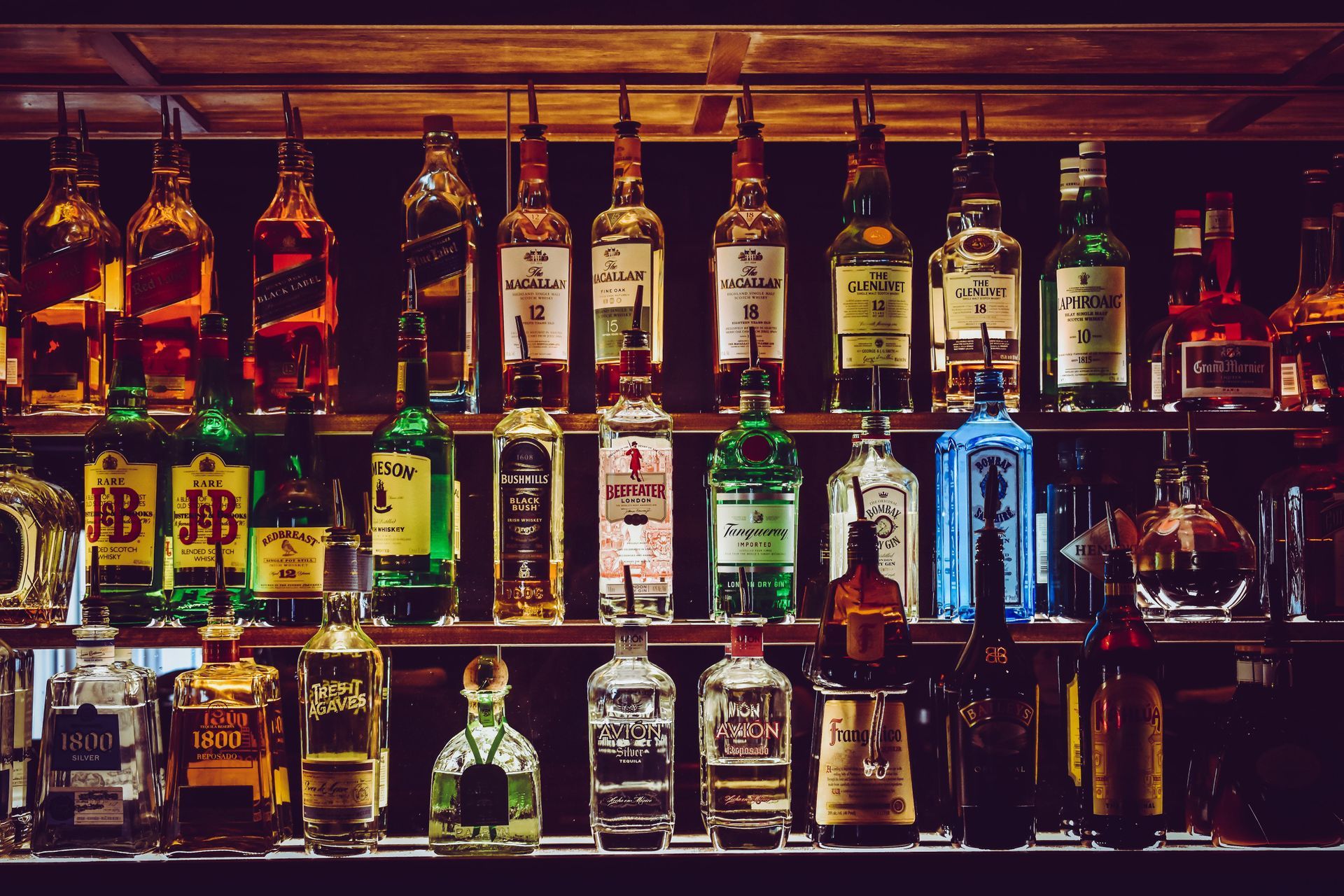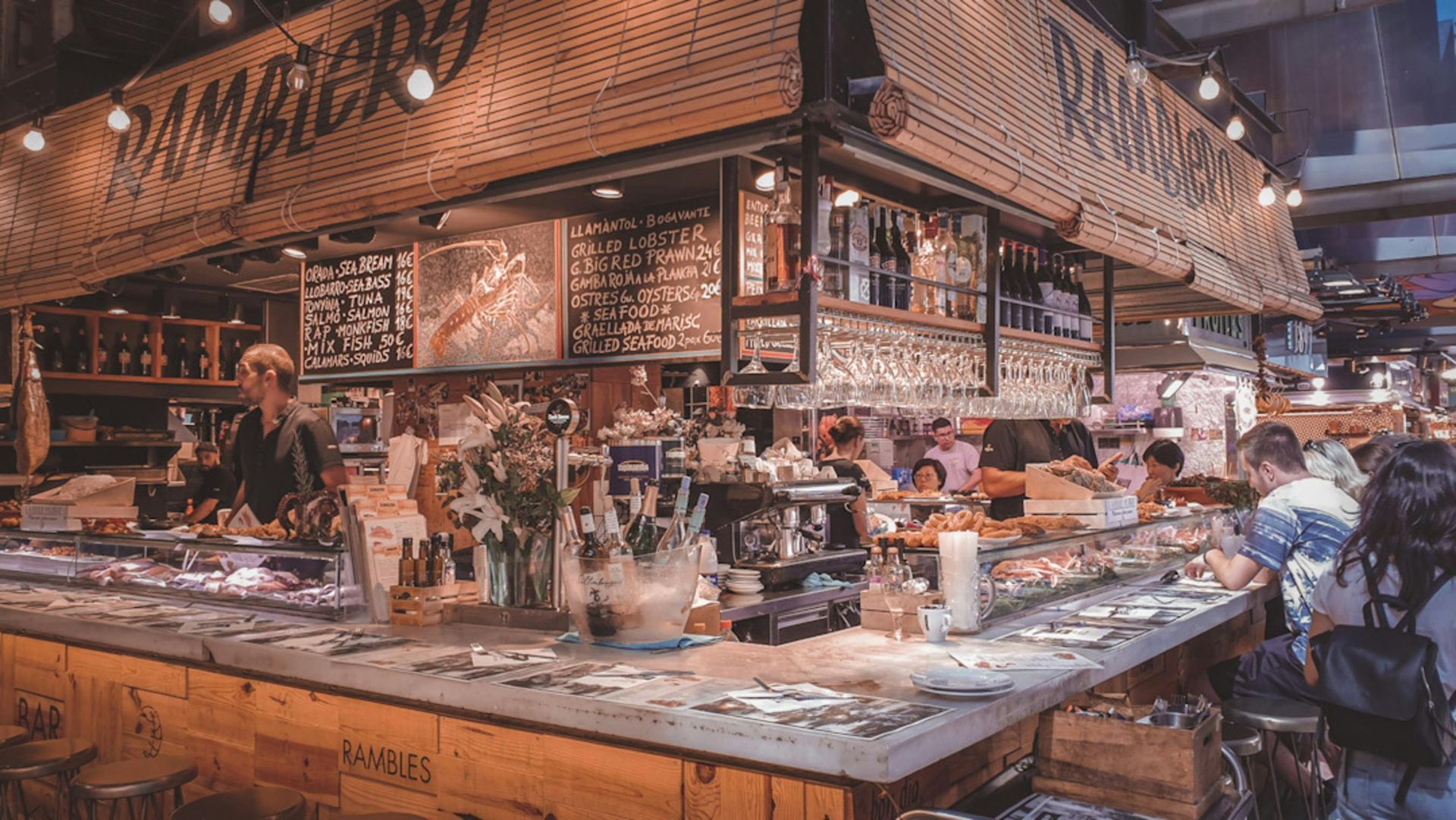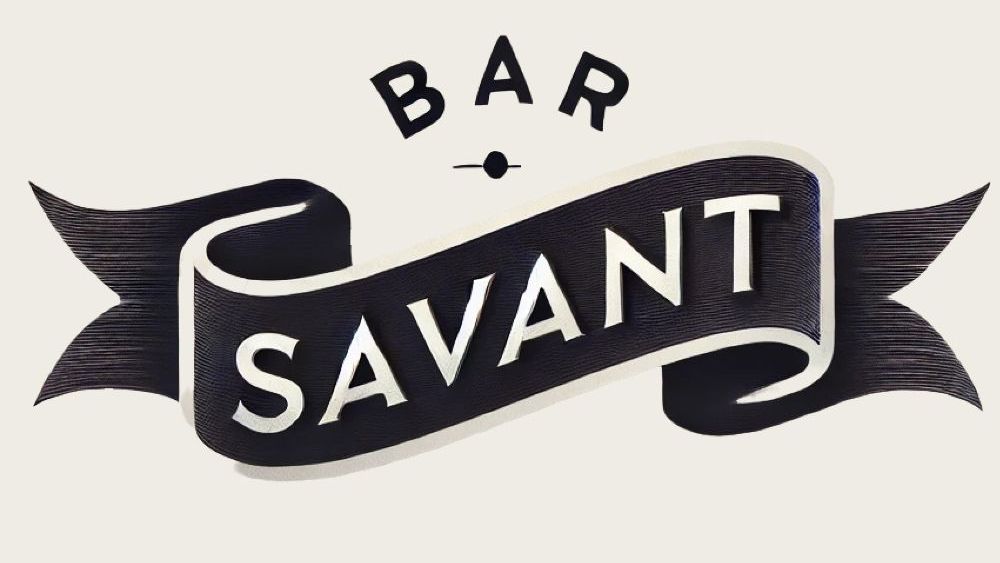
Blog Layout
My Philosophy
Gettye Goins • December 20, 2024
Running a craft cocktail bar is about striking a dynamic balance between artistry and efficiency, creativity and consistency, luxury and approachability. It’s a delicate dance that involves not only the drinks themselves, but also the people who craft them, the space that holds them, and the guests who come seeking memorable experiences. The philosophy outlined here rejects pretension and outdated modes of service, opting instead for a culture rooted in American sensibilities—welcoming, genuine, efficient—while still pursuing an elevated sense of excellence that feels truly special. Success lies in creating a space that allows bartenders and guests alike to thrive, innovate, and enjoy the richness of great cocktails prepared with care and delivered with confidence.
Staffing and Team Dynamics
At the heart of any great craft bar is the team running it. My philosophy begins with building a team of passionate, adaptable, and skilled individuals who take their roles seriously. Rather than seeing bartending as a series of rote tasks, this philosophy envisions a team that grows together. The foundation is small, boutique-style teams where mentorship and leadership replace hierarchical rigidity. Everyone is focused on becoming better each day—improving technique, increasing speed and efficiency, and enhancing their ability to read guests. Technical skills can be taught: anyone can memorize a recipe or master a stir technique. But the real value lies in teaching staff how to interact with guests, how to tell stories, how to understand a guest’s palate, and how to guide them to a perfect cocktail choice.
This environment includes a well-defined set of roles. The lead bartender acts like an expediter—similar to a chef who calls tickets in a kitchen—directing the pace and flow of service, interacting with guests, taking orders, and ensuring that each cocktail leaves the bar at the right time and in perfect condition. Service well bartenders focus on the craft, keeping their hands clean and dedicating their attention to building cocktails at a consistent, high standard. The barback is considered an apprentice, alternating between “dirty” tasks like bussing and cleaning, and “clean” tasks like restocking and assisting the bartenders. This approach promotes growth: barbacks learn by doing and observing, eventually becoming skilled bartenders themselves.
Retention and team culture rely on a mix of monetary and non-monetary incentives. Competitive pay and transparent tip distribution show respect for the staff’s contributions, while mentorship, recognition, and opportunities for advancement create a sense of belonging and purpose. The bar’s culture encourages each team member to compete only with themselves, striving to improve their own performance day after day, building a positive, collaborative environment focused on excellence and personal growth.
Menu Design and Development
My approach to menu creation is deliberate and forward-thinking. While some bars present large, wide-ranging lists, this model favors a curated, seasonal menu that highlights a handful of well-thought-out cocktails. Classics may not always appear on the menu, but every bartender should know the exact specs for fundamental drinks like a Negroni or an Old Fashioned. Consistency is key—when a guest orders a classic, they should receive the same exceptional version of that cocktail each time, regardless of who is behind the bar.
Innovation sets the best craft bars apart. The menu should feature original, signature cocktails that cannot be found elsewhere, often born of a creative, supportive culture. Bartenders are encouraged to experiment, to impress each other during off-shift visits, and to make the bar their own. By occasionally allowing bartenders to come in as guests and experience the service from the other side, management fosters an environment of mutual respect, pride, and inspiration. This regular auditing of the guest experience ensures that the team constantly finds ways to improve, refine, and delight.
Maintaining profitability without sacrificing quality is central. Pricing should reflect the value delivered. Costs must be managed through thoughtful ingredient selection, sourcing quality but not necessarily rare or expensive products, and ensuring that freshness, technique, and standardized specs form the backbone of each drink’s quality profile.
Guest Experience
The guiding principle for guest experience is creating an atmosphere that is both luxurious and approachable, eschewing any sense of snobbery or pretension. Instead of adopting a service model rooted in European fine-dining traditions, the bar embraces a distinctly American style—welcoming, friendly, yet no less committed to excellence. Bartenders are performers in the best sense: their motions should be fluid, efficient, and confident. Making drinks behind the bar is a craft and an art, and guests should find it enjoyable, even entertaining, to watch them work.
Engagement is vital. Some guests know exactly what they want and expect consistency. Others are curious and seek guidance. Both types of guests should feel equally valued. For the former, classics must be executed flawlessly every time. For the latter, bartenders should be prepared to educate and personalize. The trick is to adapt seamlessly, offering a consistent baseline of excellence while tailoring the experience to each guest’s needs and preferences.
Bar Layout and Tools
Physical efficiency underpins this entire philosophy. The layout of the bar should minimize unnecessary movement. Glassware, tools, and commonly used spirits belong within arm’s reach. Workflows are designed to maximize speed during peak service without ever compromising on quality. Tools are selected for their functionality and durability, not for flashy aesthetics. Practicality, ergonomics, and ease of maintenance guide the choice of equipment.
Storage solutions remain flexible. Some items can be displayed for visual appeal, while others should be tucked away to maintain a clean, professional look. This balance depends on the bar’s concept, available space, and volume of service. What matters most is that everything is designed and placed to support swift, precise, and consistent service.
Service Workflow
A well-structured workflow ensures everyone knows their role and can focus on their primary tasks. The lead bartender orchestrates the service, the bartenders focus on crafting drinks, and the barback handles support tasks. This structure remains stable from day to night, adjusting only in scale to match demand. During slower shifts, junior staff can develop their skills before being moved to busier nights based on performance. Understaffing is never allowed to compromise the guest experience. Flexibility and responsiveness keep the bar humming along at all times.
Inventory and Supply Chain
Profitability remains a core objective. While certain products might be highlighted for their uniqueness, the menu should not rely solely on expensive or difficult-to-source ingredients. The techniques used and the freshness of ingredients matter more than brand names or trendy products. Consistent batching, careful portioning, and systematic inventory checks prevent waste and keep pour costs in line.
Quality control and cost management go hand in hand. If supplier prices rise, the bar can adapt recipes or switch ingredients without diminishing the guest experience. Regular inventory audits, standard operating procedures, and a flexible approach to suppliers ensure that the bar can maintain profitability without lowering its standards.
Metrics and Feedback
Data drives improvement. Two metrics stand out as most critical: pour cost and guest satisfaction. Pour cost ensures that the business side remains healthy, while guest satisfaction reflects the success of the team’s collective efforts. Feedback arrives from both formal and informal channels. Formal feedback—such as surveys or online reviews—is reviewed weekly and addressed directly with the team via group messages and one-on-one follow-ups. Informal feedback—like observational notes, bartender insights, and general guest sentiment—should be reviewed at least quarterly to spot deeper patterns and long-term trends.
Rather than holding traditional meetings, communication happens efficiently through written documents, updated bar standards, and digital announcements. This approach respects everyone’s time while keeping all staff aligned on the bar’s evolving goals and standards.
Conclusion
This philosophy of running a craft bar weaves together efficiency, creativity, mentorship, and guest-focused excellence. It embraces an approach that is thoroughly American: inclusive, direct, and fluid. Each system—from staffing and menu design to guest experience and inventory management—contributes to an environment that feels luxurious without being stuffy, welcoming without being casual, and profitable without sacrificing authenticity or quality. The craft bar that follows this model becomes a space where the art of bartending can flourish, where staff and guests alike can share in an experience that is as rewarding as it is memorable.
The Craft Bar Blueprint
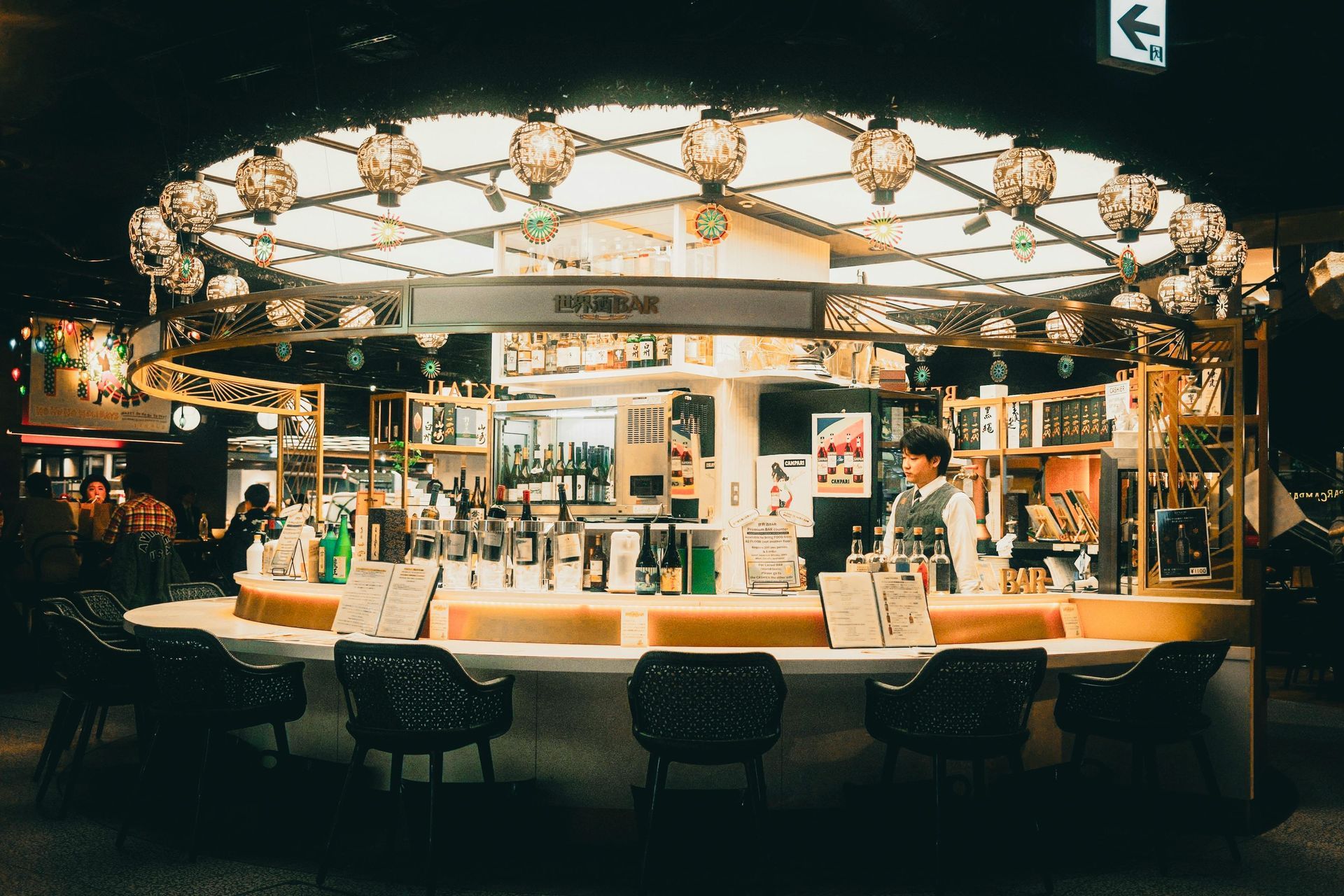
By Gettye Goins
•
December 19, 2024
“Discover expert insights into staffing and team dynamics for boutique craft bars. Learn how to build smaller, efficient teams, balance technical skills with guest interaction, and foster a culture of excellence. Explore strategies for training, staff retention, and creating a collaborative environment where barbacks are valued as future bartenders. Master team management techniques that drive profitability and elevate the guest experience.”
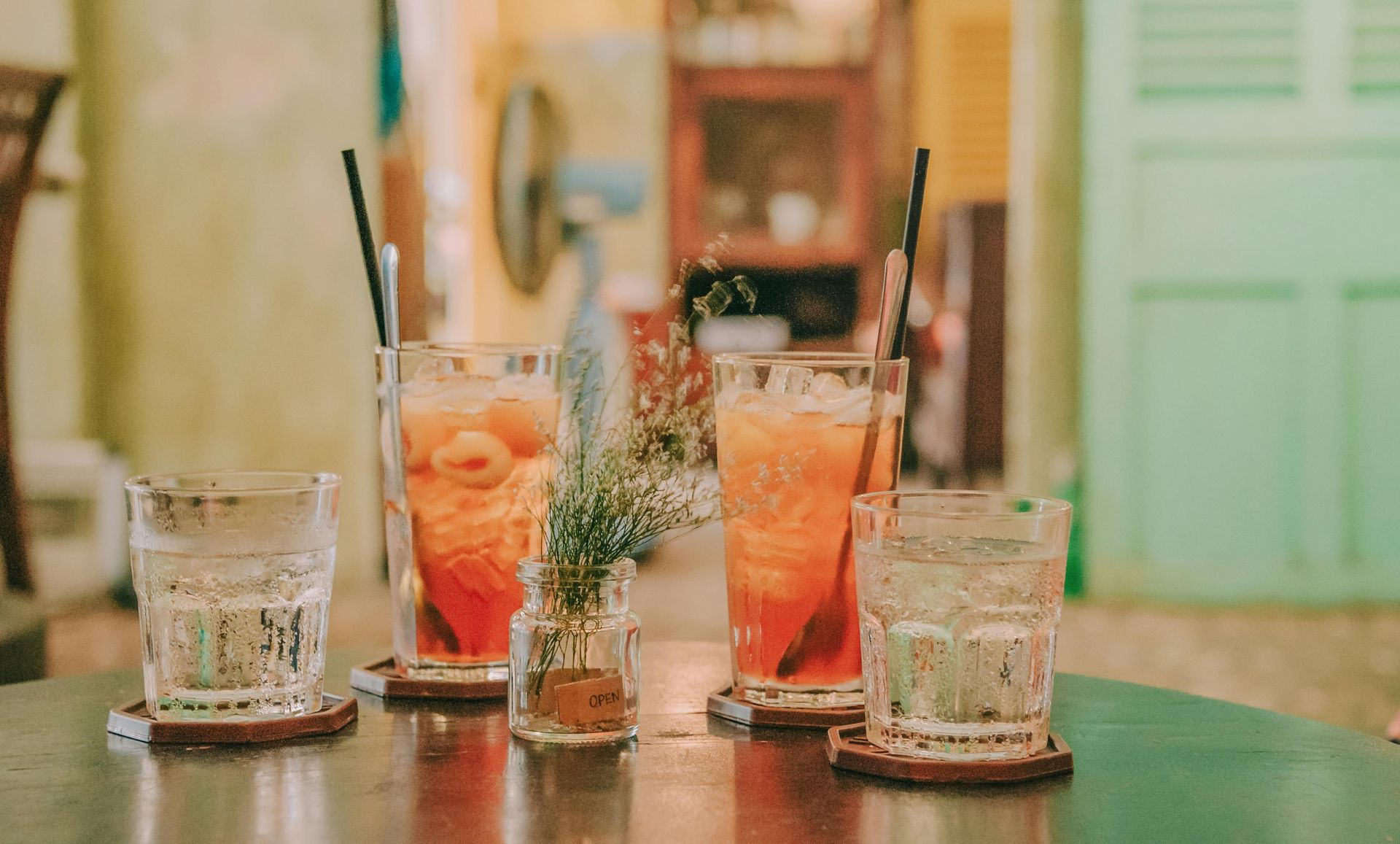
By Gettye Goins
•
December 18, 2024
“Explore expert strategies for menu design and development tailored to craft cocktail bars. Learn how to create curated, seasonal menus that highlight innovation while standardizing classic cocktails for consistency. Discover tips for balancing creativity with cost management, fostering bartender participation, and auditing the guest experience to elevate your bar’s offerings and profitability.”
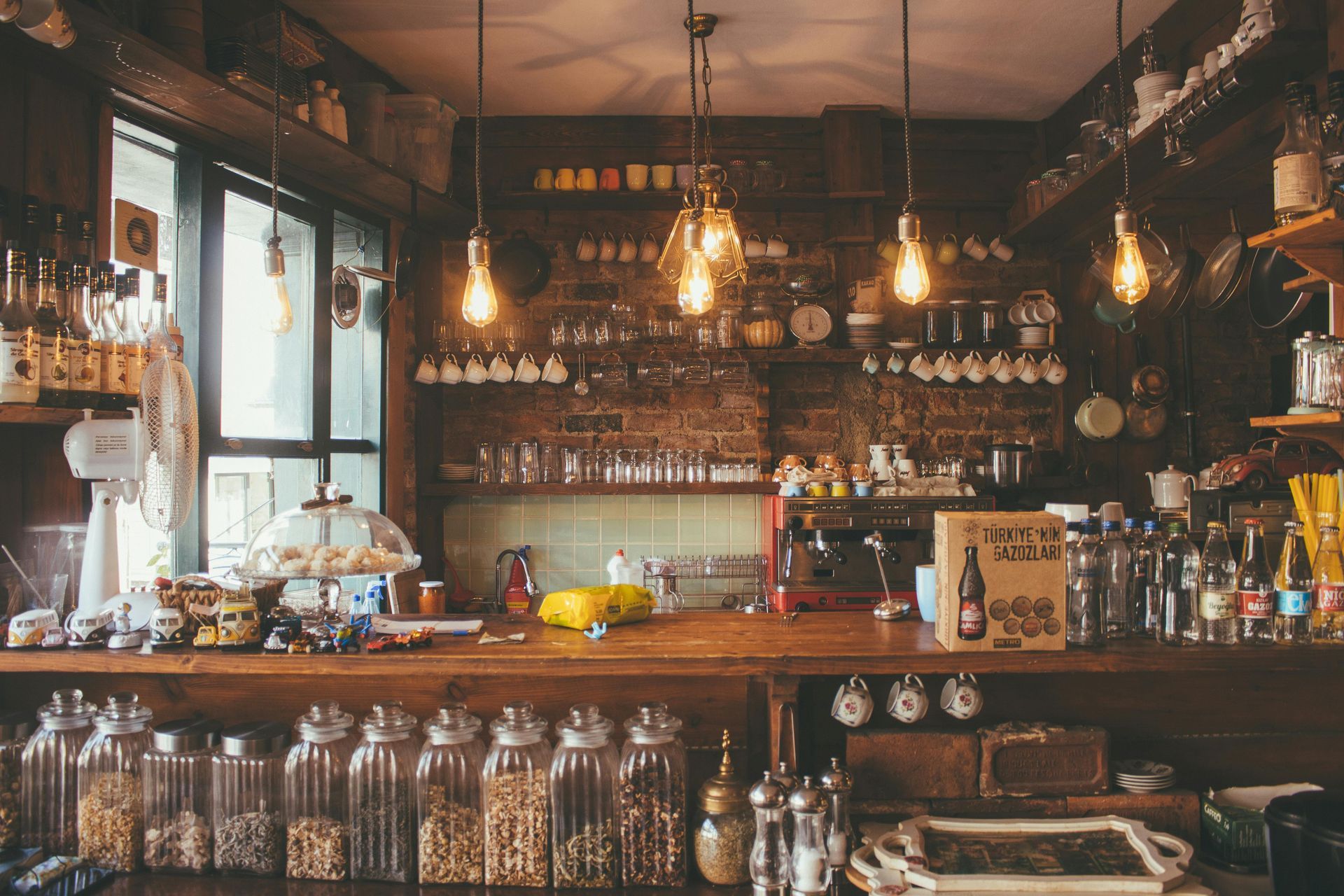
By Gettye Goins
•
December 17, 2024
“Enhance your craft cocktail bar with expert tips on creating a memorable guest experience. Learn how to balance luxury with approachability, engage guests through confident bartending techniques, and tailor service to individual needs. Discover strategies for combining consistency with creativity, fostering a genuine bar culture, and turning every visit into an exceptional experience.”
All Rights Reserved | MixCraft Bartending and Consulting LLC
© 2025
